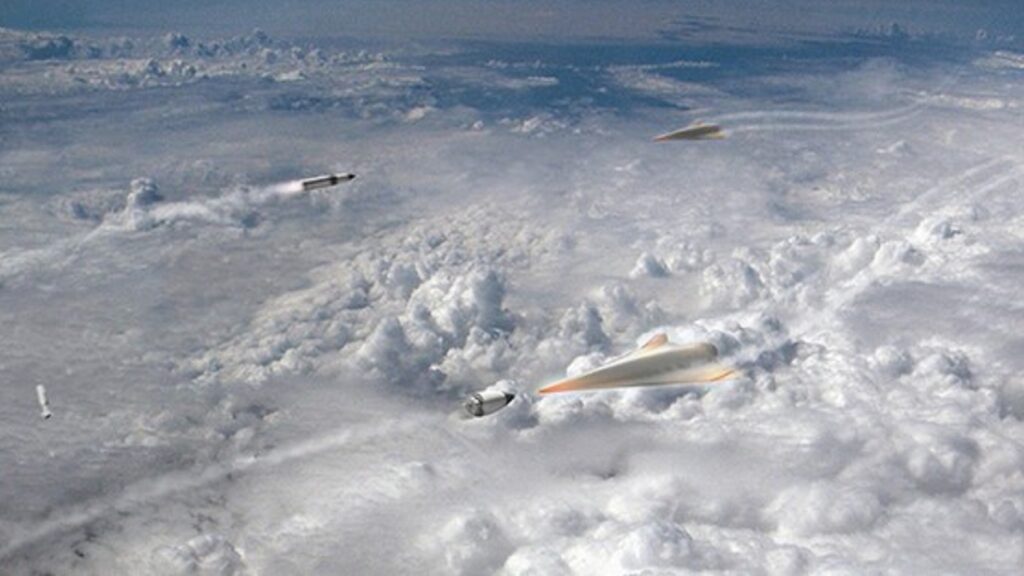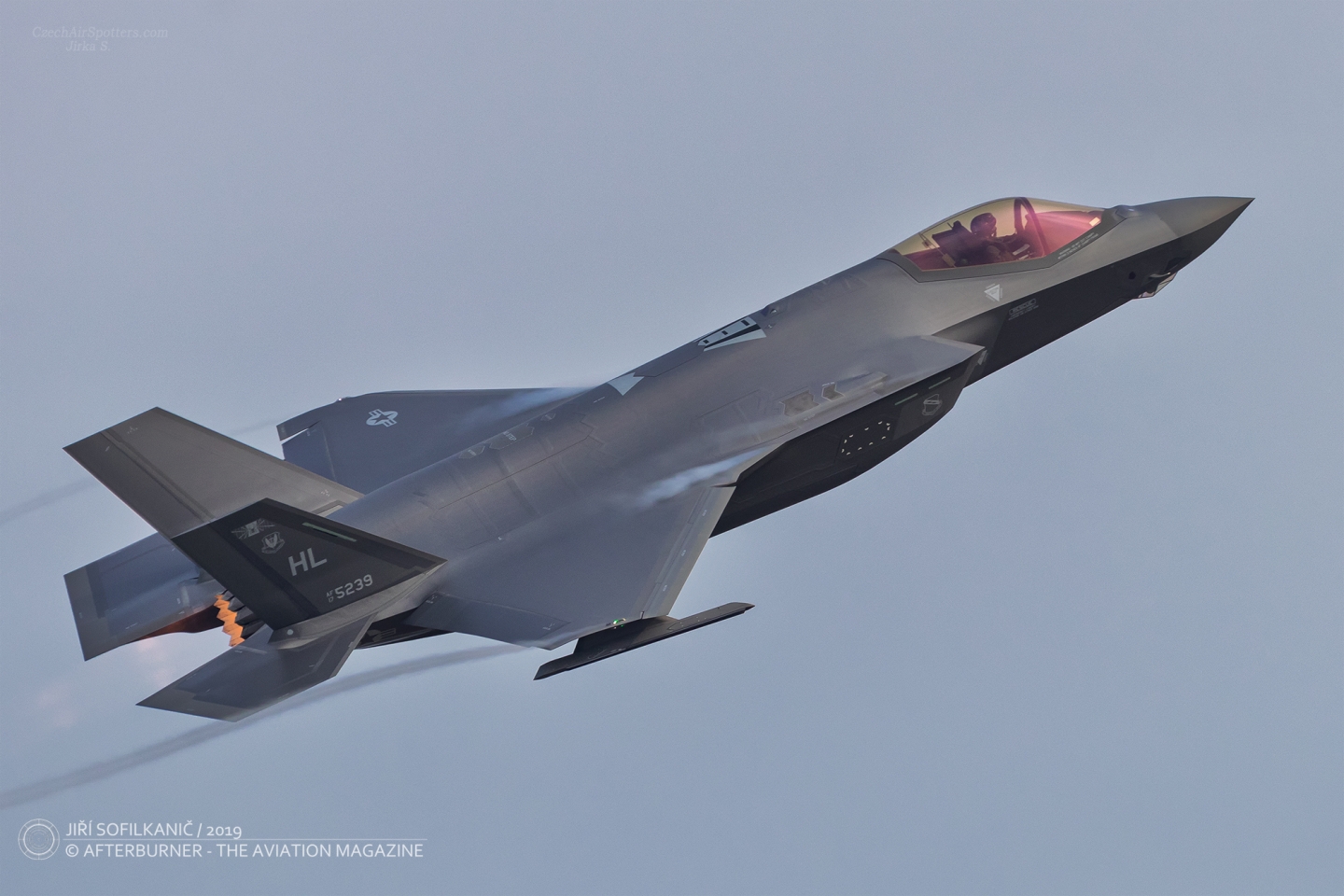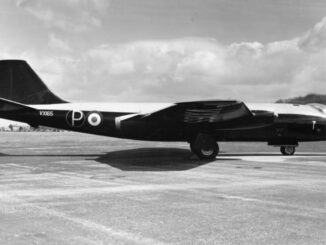 Last week, Boeing annouced that the company was awarded the contract to develop and test technologies for a hypersonic interceptor prototype within the Glide Breaker programme led by Defense Advanced Research Projects Agency (DARPA).
Last week, Boeing annouced that the company was awarded the contract to develop and test technologies for a hypersonic interceptor prototype within the Glide Breaker programme led by Defense Advanced Research Projects Agency (DARPA).
The contract was signed for four-year period and includes computational fluid dynamics analysis, wind tunnel testing and evaluation of aerodynamic jet interaction effects during flight tests to be developed and performed by the Boeing company.
´Hypersonic vehicles are among the most dangerous and rapidly evolving threats facing national security,´ said Gil Griffin, executive director of Boeing Phantom Works Advanced Weapons. ´We’re focusing on the technological understanding needed to further develop our nation’s counter-hypersonic capabilities and defend from future threats´.
In recent months, hypersonic weapons were one of the main topics discussed in the media, also in the context of ongoing war in Ukraine. Missiles capable of travelling at hypersonic speed – between five and twenty-five times the speed of sound – are being developed since the 1930s but only recently they reached the level of operational weapon. According to official government releases, the hypersonic weapons of real combat capability were successfully developed by Russia, the United States and China.
The Glide Breaker programme is part of the US development of future hypersonic interceptors, able to destroy a threat traveling at least five times the speed of sound in the upper atmosphere, during what’s known as the ´glide phase´ of flight.
It is expected that the aforementioned contract with Boeing would provide the foundation for future operational glide-phase interceptors capable of defending against those sophisticated and evolving hypersonic threats.
Cover photo: An artist’s rendering of a hypersonic threat intercept. (Photo credit: DARPA Image). All photos and quotations © Boeing. Information from the Boeing Company press releases were used.



